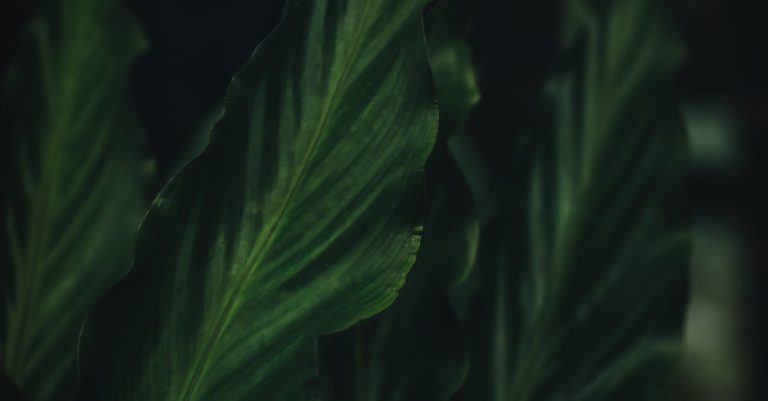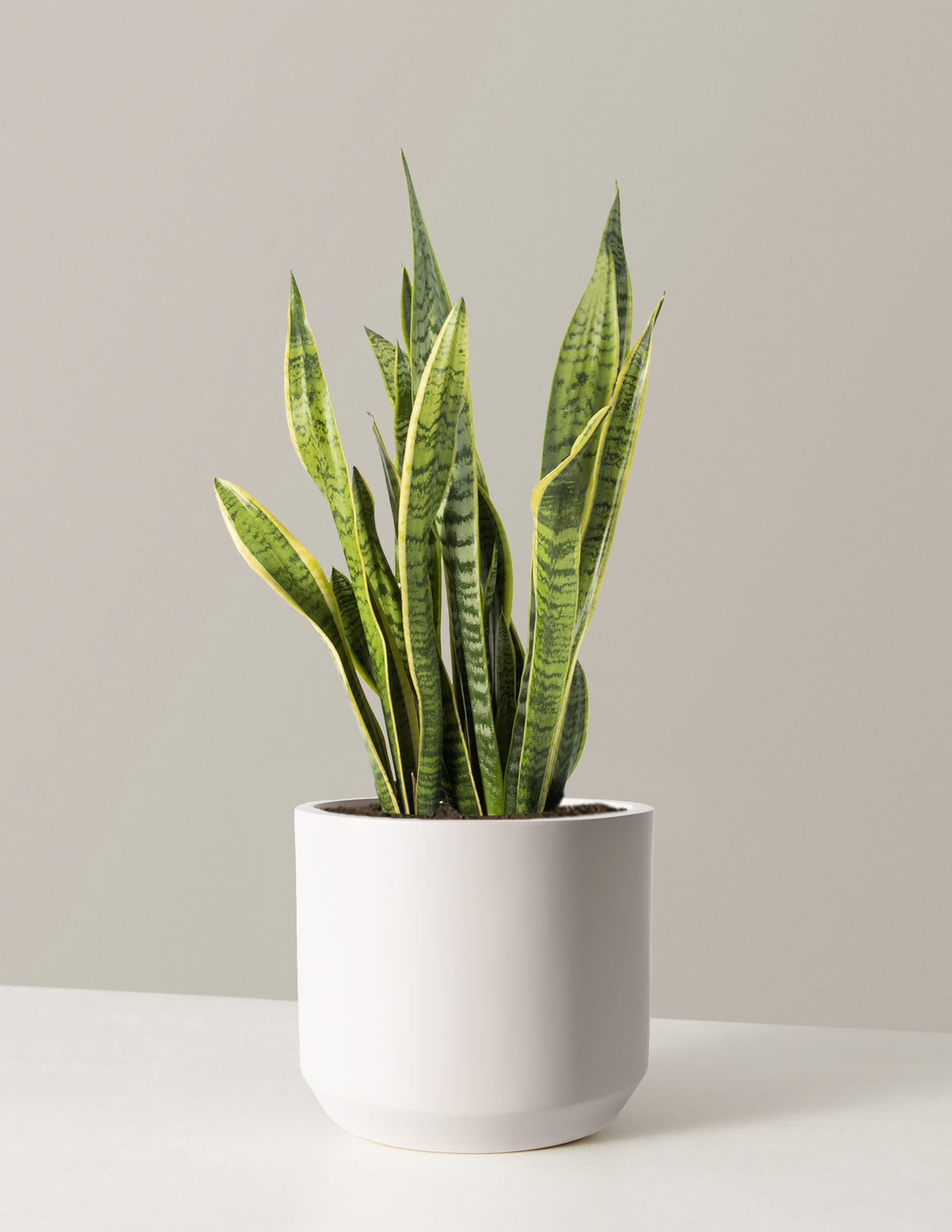How To Care For False Aralia (Dizygotheca elegantissima)
How to Care for False Aralia (Dizygotheca elegantissima): A Detailed Guide
False Aralia, also known as Dizygotheca elegantissima or Schefflera elegantissima, is a stunning houseplant admired for its finely serrated, delicate, and glossy leaves. Native to the South Pacific, particularly New Caledonia, this plant adds a touch of elegance to any indoor space with its exotic foliage. Here’s a comprehensive guide to help you care for your False Aralia and keep it thriving.
1. Light Requirements
False Aralia thrives in bright, indirect light. While it can tolerate lower light conditions, optimal growth occurs with plenty of filtered light. Direct sunlight should be avoided as it can scorch the delicate leaves. An ideal location is near an east or north-facing window where the plant can receive ample indirect light. If natural light is limited, you can supplement with fluorescent or LED grow lights.

2. Watering
False Aralia prefers consistently moist soil but does not tolerate waterlogged conditions. Here are some watering tips:
- Water the plant when the top inch of soil feels dry to the touch.
- Use room temperature, distilled, or rainwater to avoid chlorine and fluoride, which can damage the plant.
- Water thoroughly until water drains out of the bottom of the pot, then empty the saucer to prevent the roots from sitting in water.
- Reduce watering in the fall and winter when the plant’s growth slows, allowing the soil to dry out more between waterings.
3. Humidity
False Aralia thrives in high humidity environments, ideally between 60-80%. To maintain adequate humidity:
- Use a humidifier near the plant.
- Place the pot on a tray filled with water and pebbles.
- Group plants together to create a micro-humid environment.
- Regularly mist the leaves with water, especially in dry indoor conditions.
4. Temperature
False Aralia prefers temperatures between 65-85°F (18-29°C). It is sensitive to cold drafts and sudden temperature changes. Keep the plant away from windows or doors that may have cool drafts and from heating or air conditioning vents. Avoid exposing the plant to temperatures below 60°F (15°C).
5. Soil and Potting
False Aralia requires well-draining soil. A suitable mix is one part potting soil, one part peat moss or coco coir, and one part perlite or sand. This combination ensures good drainage while retaining some moisture. Repotting should be done every 2-3 years or when the plant becomes root-bound, ideally in the spring. Choose a pot that is only slightly larger than the current one to avoid excess moisture retention.

6. Fertilizing
Feed your False Aralia every 4-6 weeks during the growing season with a balanced, water-soluble fertilizer diluted to half strength. Avoid fertilizing in the fall and winter months when the plant’s growth slows. Over-fertilizing can lead to a buildup of salts in the soil, which can harm the plant. Organic fertilizers, like fish emulsion or worm castings, can also be used sparingly.
7. Pruning
Regular pruning helps maintain the plant’s shape and encourages bushier growth. Use clean, sharp scissors or pruning shears to trim back any leggy or overgrown stems. Remove any yellow or damaged leaves to keep the plant healthy. When pruning, always cut just above a leaf node to encourage new growth. Pruning also helps improve air circulation around the plant.
8. Propagation
False Aralia can be propagated through stem cuttings:
- Stem Cuttings: Take a cutting with at least one node and a few leaves, and allow it to dry for a few hours to prevent rot. Plant the cutting in a moist soil mix or place it in water. If rooting in water, change the water every few days to prevent stagnation. Once roots develop, transfer the cutting to a pot with well-draining soil. Keep the new plant in a warm, humid environment until it establishes new growth.
9. Pest and Disease Management
False Aralia can be susceptible to pests like spider mites, aphids, and mealybugs. Regularly inspect the plant for signs of pests, such as sticky residue, webbing, or visible insects. Treat infestations with insecticidal soap, neem oil, or by wiping the leaves with a damp cloth. Proper watering and good air circulation help prevent fungal and bacterial diseases. If you notice any signs of disease, such as black spots or yellowing leaves, remove the affected areas and adjust watering practices.
10. Special Care Tips
- Leaf Care: The leaves of False Aralia can collect dust, which can interfere with photosynthesis. Clean the leaves gently with a damp cloth or sponge to keep them looking their best. Avoid using leaf shine products, as they can clog the pores on the leaves.
- Support: As False Aralia grows taller, it may require support to prevent the stems from bending. Use a stake or plant support to keep the stems upright.
Conclusion
False Aralia, with its elegant foliage and unique form, can be a beautiful and low-maintenance addition to your indoor garden. By providing the right light, moisture, and environment, you can enjoy the beauty and growth of this plant for years. Regular maintenance, including proper watering, fertilizing, and pruning, will ensure your False Aralia remains healthy and vibrant. Whether you are a seasoned gardener or a beginner, Dizygotheca elegantissima offers a rewarding and visually captivating plant care experience.

Conclusion
In conclusion, caring for False Aralia (Dizygotheca elegantissima) requires attention to detail and consistency. Providing the plant with the right lighting conditions, appropriate watering schedule, well-draining soil, and occasional pruning will ensure its health and vibrancy. False Aralia is a popular choice for indoor plant enthusiasts due to its unique foliage and easy maintenance once its needs are met. By following the guidelines mentioned in this article, you can enjoy a thriving False Aralia in your home or office space.
Remember to monitor the plant for any signs of stress, such as yellowing leaves or drooping stems, as this could indicate a need for adjustment in its care routine. With patience and proper care, False Aralia can grow into a striking and elegant addition to your indoor plant collection. Overall, cultivating a healthy environment for False Aralia will not only benefit the plant itself but also provide you with a sense of satisfaction and fulfillment as you witness its growth and beauty.




:max_bytes(150000):strip_icc():format(webp)/grow-fiddle-leaf-fig-indoors-1902756-hero-feca31e64e91430794e2bdcc9fa1e901.jpg)

